Pratique | Débuter
Chœur de l’aube : quelles sont les raisons de ce concert matinal ?
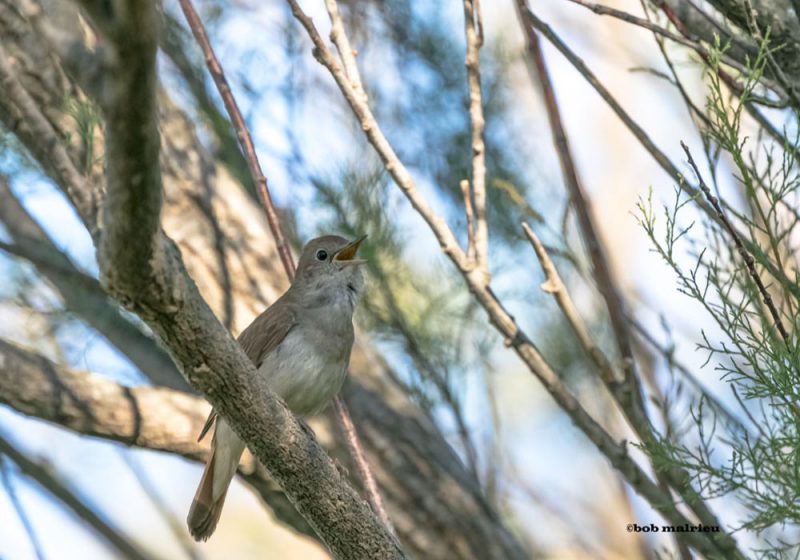
Le Rossignol philomèle (Luscinia megarhynchos) est l’un des meilleurs chanteurs du chœur de l’aube.
Photographie : Robert Malrieu
Introduction
Entre mars et juillet, mais surtout en mai et en juin, généralement 30 à 90 minutes avant le lever du soleil, les chants de nombreuses espèces dans les régions nordiques et tempérées se mêlent et forment un concert matinal agréable mais très sonore (qui peut même raccourcir la nuit de certains riverains) appelé « chœur de l’aube ». Il se déroule dans une grande partie du monde et dans des habitats très variés, de la taïga aux forêts tropicales humides en passant par les régions arides.
Les raisons exactes de cette activité sonore intense, dont la durée peut varier en fonction de plusieurs facteurs (sociaux, environnementaux et internes), sont encore mal connues et plusieurs hypothèses ont été émises pour tenter de l’expliquer, de la recherche d’un partenaire à la défense d’un territoire en passant par des propriétés acoustiques plus favorables tôt le matin. Il s’agit en tout cas d’un des symboles du printemps dont il faut profiter : une journée du chœur de l’aube (« Dawn Chorus Day ») est d’ailleurs célébrée chaque premier dimanche de mai.
Dans cet article, nous présentons ce comportement complexe, les facteurs pouvant l’influencer et les explications possibles.
Abstract
In spring and at the beginning of summer (from March to July) in northern and temperate countries, generally 30 to 90 minutes before sunrise, the songs of many bird species mingle and form a superb morning concert that can be very loud and even shorten the night of people: this particular phenomenon, called dawn chorus, happens in a large variety of habitats, from the taiga to the rainforests through more arid regions, and in a large part of the world. This intense sound activity, which duration may vary depending on many factors (social, environmental and internal), is still poorly understood and several hypotheses have been proposed to try to explain it, from the search for the defense of a territory through acoustic reasons. In any case, it is one of the symbols of spring, and the Dawn Chorus Day is celebrated every first sunday of May.
In this article, we present this behavior, the factors that can influence it and hypothesis that may explain it.
Poursuivez la lecture de cet article, en vous abonnant dès maintenant !
Découvrez les Archives d’Ornithomedia.com
Pour seulement 10,00 €TTC/an (ou 6,00 € les 6 mois)
Profitez de plusieurs centaines d’articles en accès illimité et sans aucun engagement.
Compléments
Dans la boutique d’Ornithomedia.com
- 70 chants d’oiseaux du jardin (CD)
- Les Oiseaux d’Europe, d’Afrique du Nord et du Moyen-Orient (MP3 CDs)
Ouvrages recommandés
- Coding Strategies in Vertebrate Acoustic Communication de Thierry Aubin et Nicolas Mathevon (
- Animal Communication Networks de P. K. McGregor
- Le guide des oiseaux de France de Jérôme Morin et Julien Norwood
- Oiseaux de nos jardins de Guilhem Lesaffre
Sources
- Diego Gil et Diego Llusia (2020). The Bird Dawn Chorus Revisited. Coding Strategies in Vertebrate Acoustic Communication. Pages : 45-90. Link.springer.com
- Nail M Hasan, Motasim Badri (2016). Effect of Ambient Temperature on Dawn Chorus of House Sparrows. Environment and Ecology Research. Volume : 4 . Numéro : 161 – 168. www.hrpub.org/journals/article_info.php?aid=3737
- Nail Hasan, Motasim Badri (2015). Effect of desert climate on singing behaviour of bulbuls. Journal of Entomology and Zoology Studies. Volume : 3. Numéro : 5. Pages : 204-107. http://www.entomoljournal.com/vol3Issue5/pdf/3-5-90.1.pdf
- Adrianna Bruni, Daniel J. Mennill et Jennifer R. Foote (2014). Dawn chorus start time variation in a temperate bird community: relationships with seasonality, weather, and ambient light. Journal of Ornithology. Volume : 155. Numéro : 4. Pages : 877-890. Octobre. http://rd.springer.com/article/10.1007/s10336-014-1071-7
- Vincenzo Penteriani, Maria del Mar Delgado (2009). The Dusk Chorus from an Owl Perspective: Eagle Owls Vocalize When Their White Throat Badge Contrasts Most. PLOS One. Avril. http://journals.plos.org/plosone/article?id=10.1371/journal.pone.0004960
- Craig A. Barnett, James V. Briskie (2006). Energetic state and the performance of dawn chorus in silvereyes (Zosterops lateralis). Behavioral Ecology and Sociobiology. Volume : 61. Numéro : 4. Pages : 579-587 Février. http://rd.springer.com/article/10.1007/s00265-006-0286-x
- P. K. McGregor (2005). Animal Communication Networks. Cambridge University Press
- Peter J. Christie, Daniel J. Mennill, Laurene et M. Ratcliffe (2004). Pitch shifts and song structure indicate male quality in the dawn chorus of black-capped chickadees. Behavioral Ecology and Sociobiology. Volume : 55. Numéro : 4. Pages : 341-348. http://link.springer.com/article/10.1007/s00265-003-0711-3
- Torben Dabelsteen et Nicolas Mathevon (2002). Why do songbirds sing intensively at dawn? A test of the acoustic transmission hypothesis. Acta ethologica. Volume : 4. Numéro : 2. Pages : 65-72. http://rd.springer.com/article/10.1007/s10211-001-0056-8#page-1
- Katharina Foerster, Angelika Poesel, Hansjörg Kunc et Bart Kempenaers (2002). The natural plasma testosterone profile of male blue tits during the breeding season and its relation to song output. Journal of Avian Biology. Volume 33. Numéro : 3. Pages : 269–275. Septembre. http://onlinelibrary.wiley.com
- Leen Gorissen, Tinne Snoeijs, Els Van Duyse et Marcel Eens (2005). Heavy metal pollution affects dawn singing behaviour in a small passerine bird. Oecologia. Volume : 145. Numéro : 3. Pages : 504–509. https://link.springer.com/article/10.1007/s00442-005-0091-7
- Robert J. Thomas, Tamás Széskely, Innes C. Cuthill, David G. C. Harper, Stuart E. Newson, Tim D. Frayling et Paul D. Wallis (2002). Eye size in birds and the timing of song at dawn. Proceedings of the Royal B. Volume : 269. Numéro : 1493. Avril. http://rspb.royalsocietypublishing.org/content/269/1493/831
- A. Keast (1994). Temporal Vocalization Patterns in Members of a Eucalypt Forest Bird Community: the Effects of Weather on Song Production. Emu. Volume : 94. Numéro : 3. Pages : 172-180. www.publish.csiro.au/?paper=MU9940172
- Innes C. Cuthill et William A. Macdonald (1990). Experimental manipulation of the dawn and dusk chorus in the blackbird Turdus merula. Behavioral Ecology and Sociobiology. Volume : 26. Numéro : 3. Pages : 209-216. http://link.springer.com/article/10.1007/BF00172088
- Mace Ruth (1987). The dawn chorus in the great tit Parus major is directly related to female fertility? Nature. Volume : 330. Numéro : 6150. Pages : 745-746. http://adsabs.harvard.edu/abs/1987Natur.330..745M
- Kenneth Henwood et Allan Fabrick (1979). A Quantitative Analysis of the Dawn Chorus: Temporal Selection for Communicatory Optimization. The American Naturalist. Volume : 114. Numéro : 2. Pages : 260-274. www.jstor.org/stable/2460222?seq=1#page_scan_tab_contents




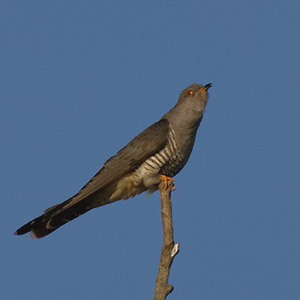

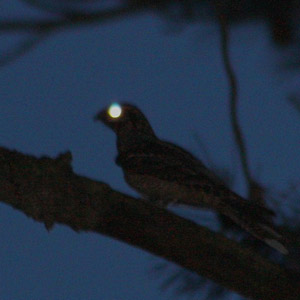
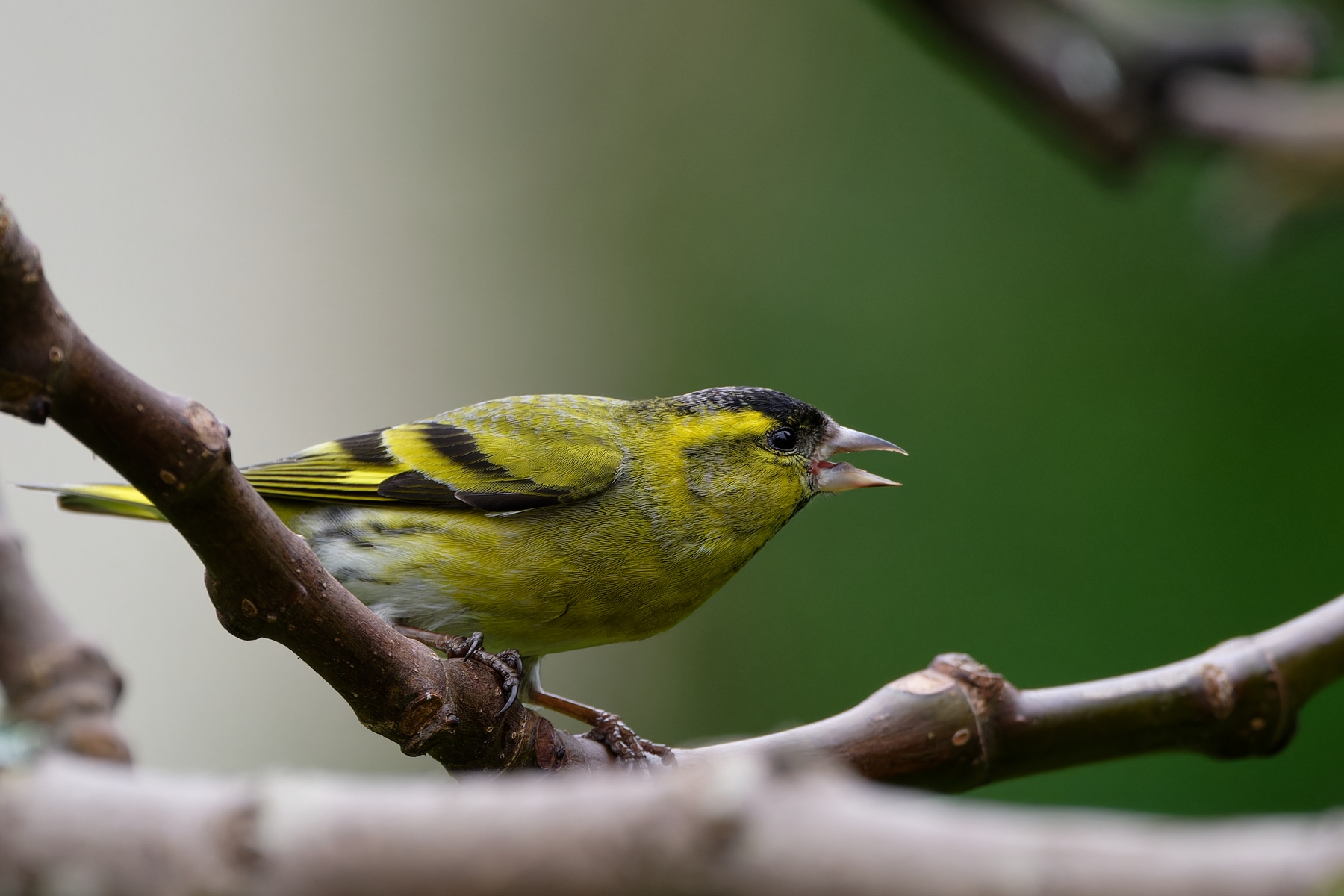
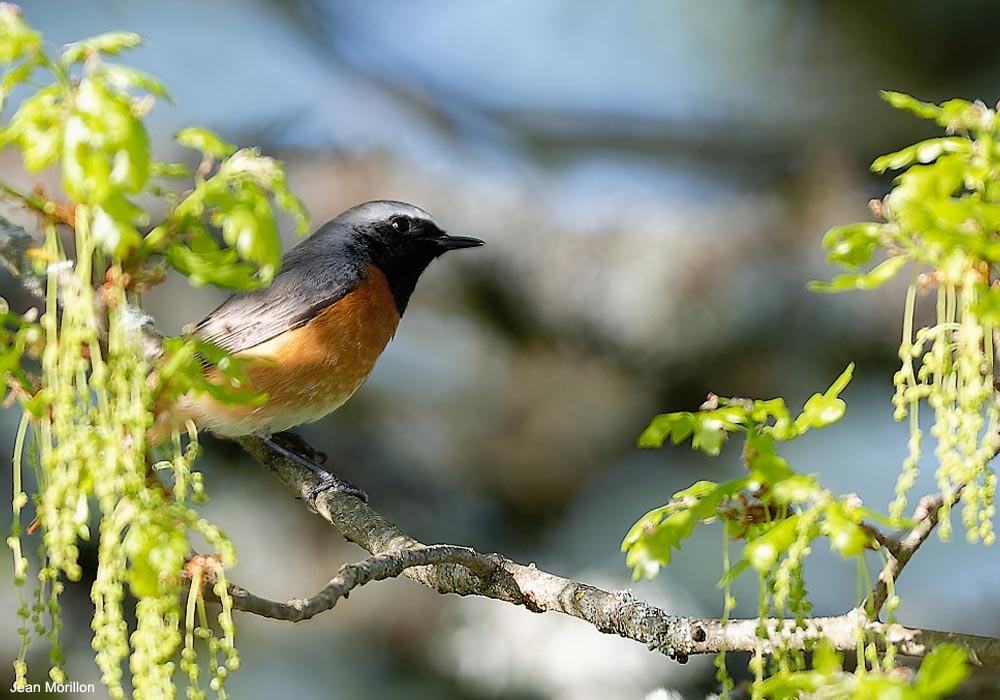
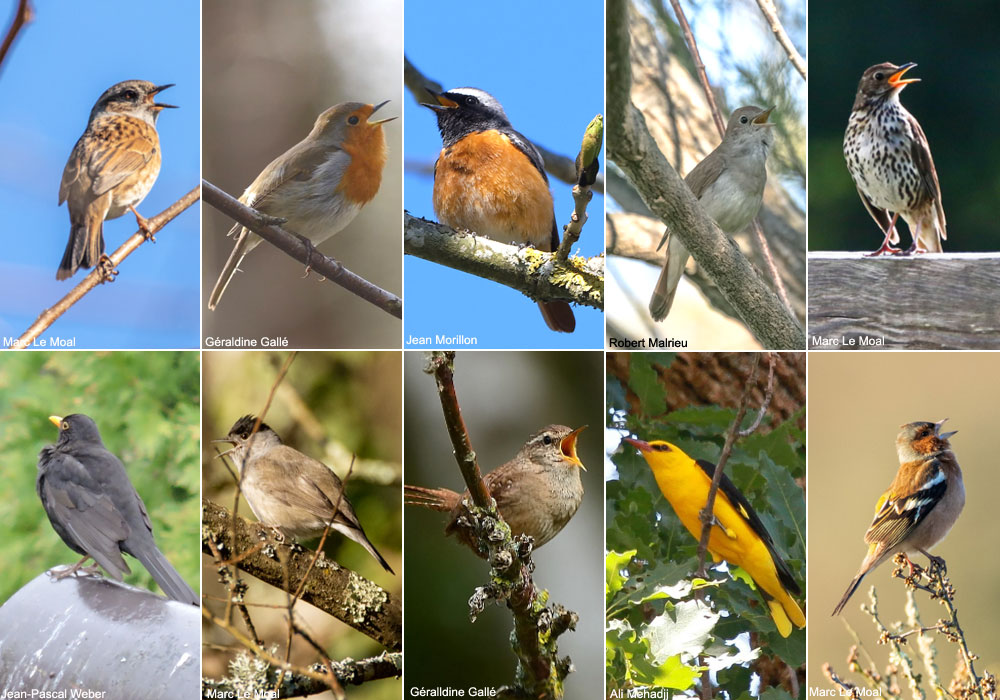
Aucun commentaire sur ce sujet
Participer à la discussion !